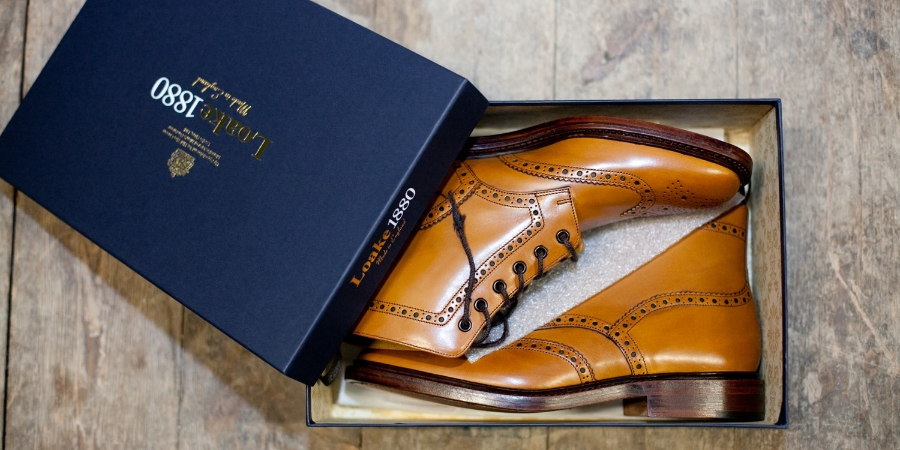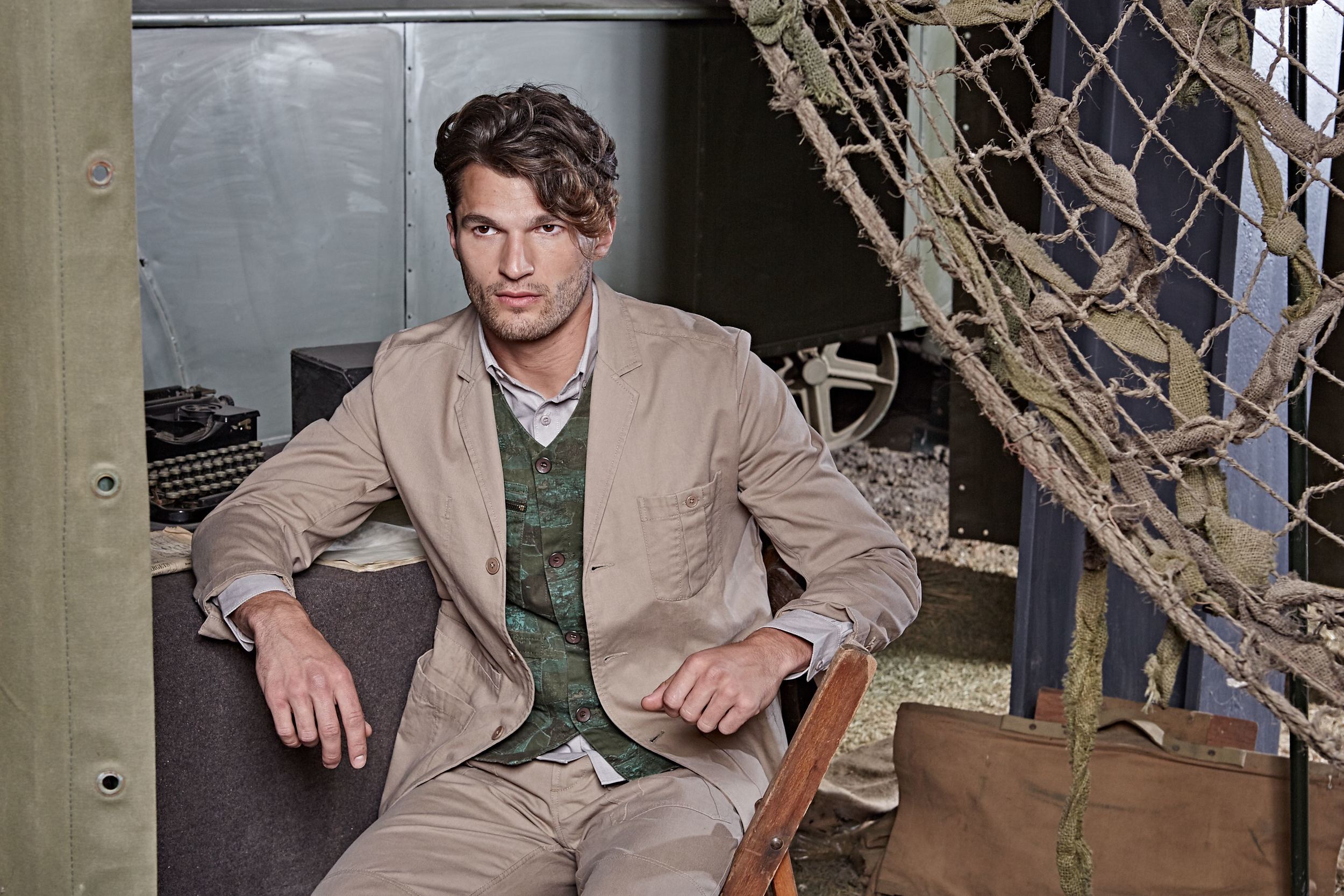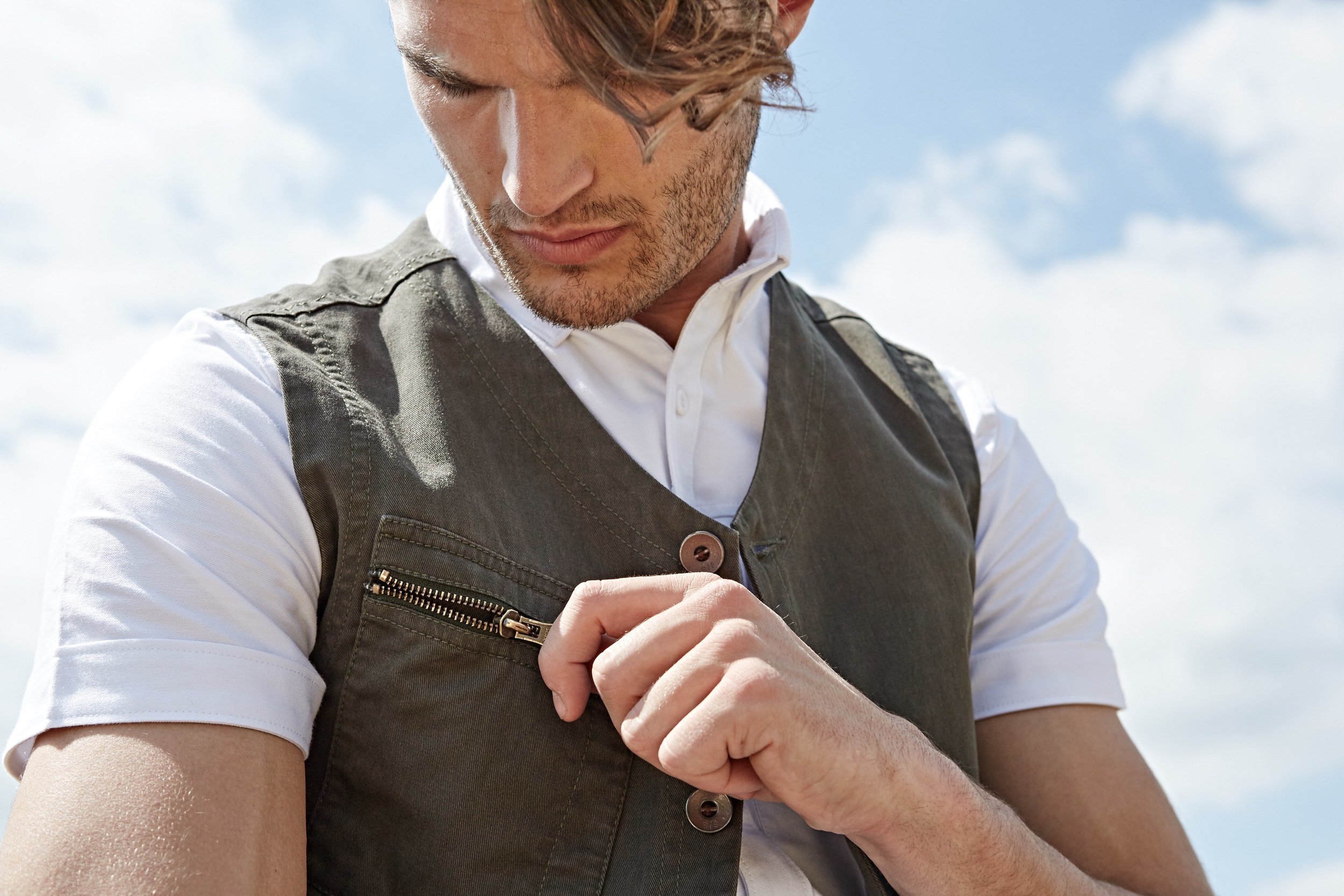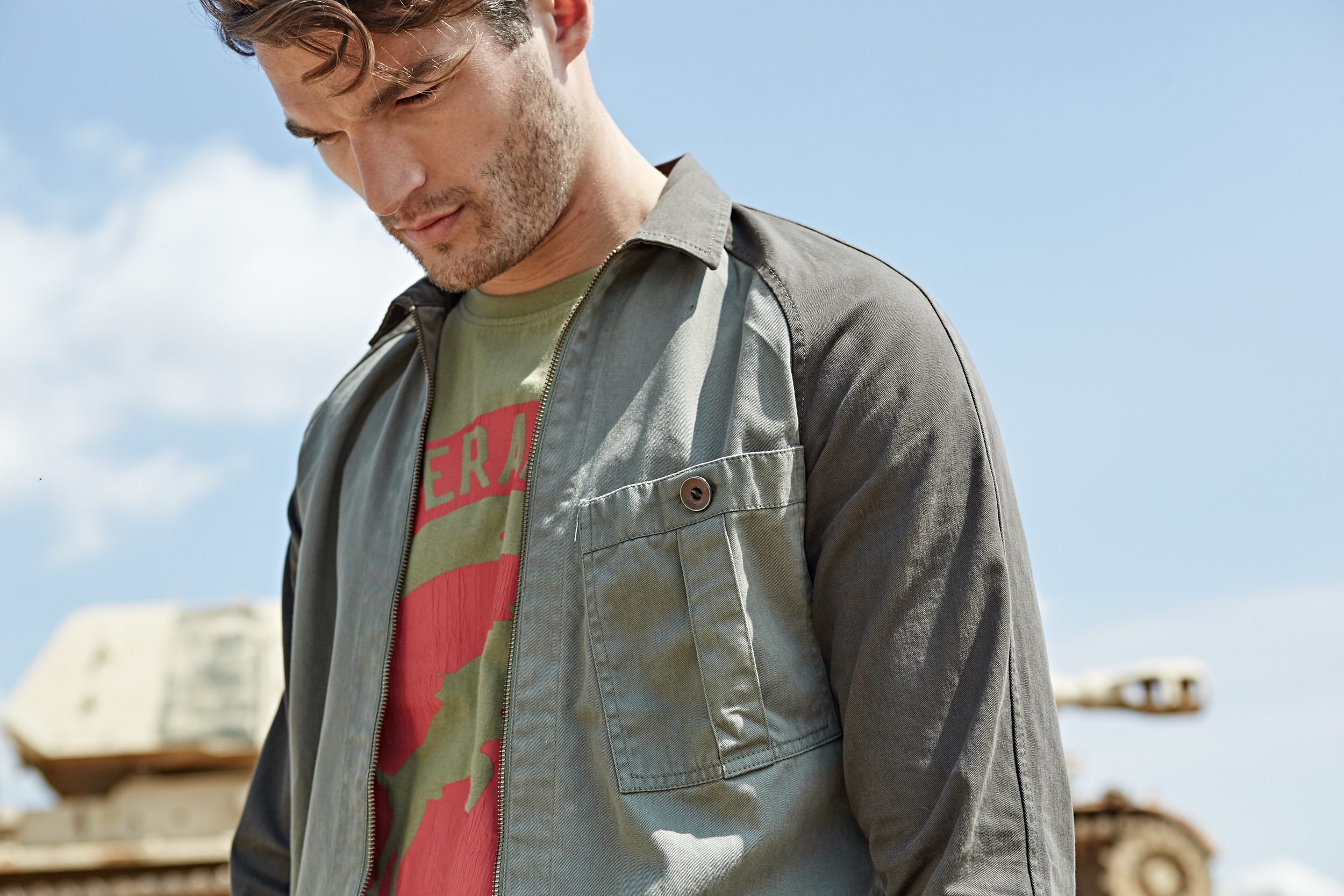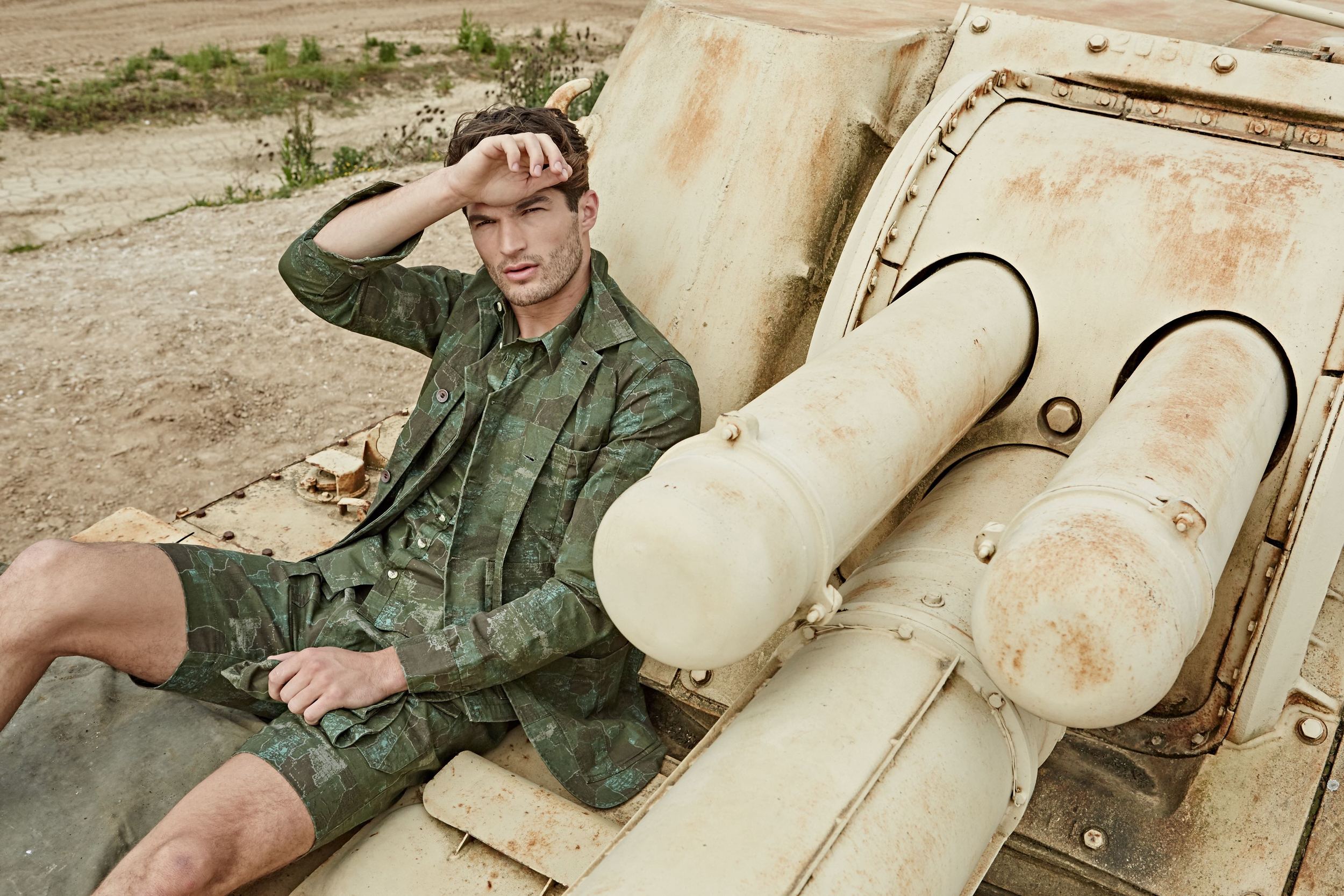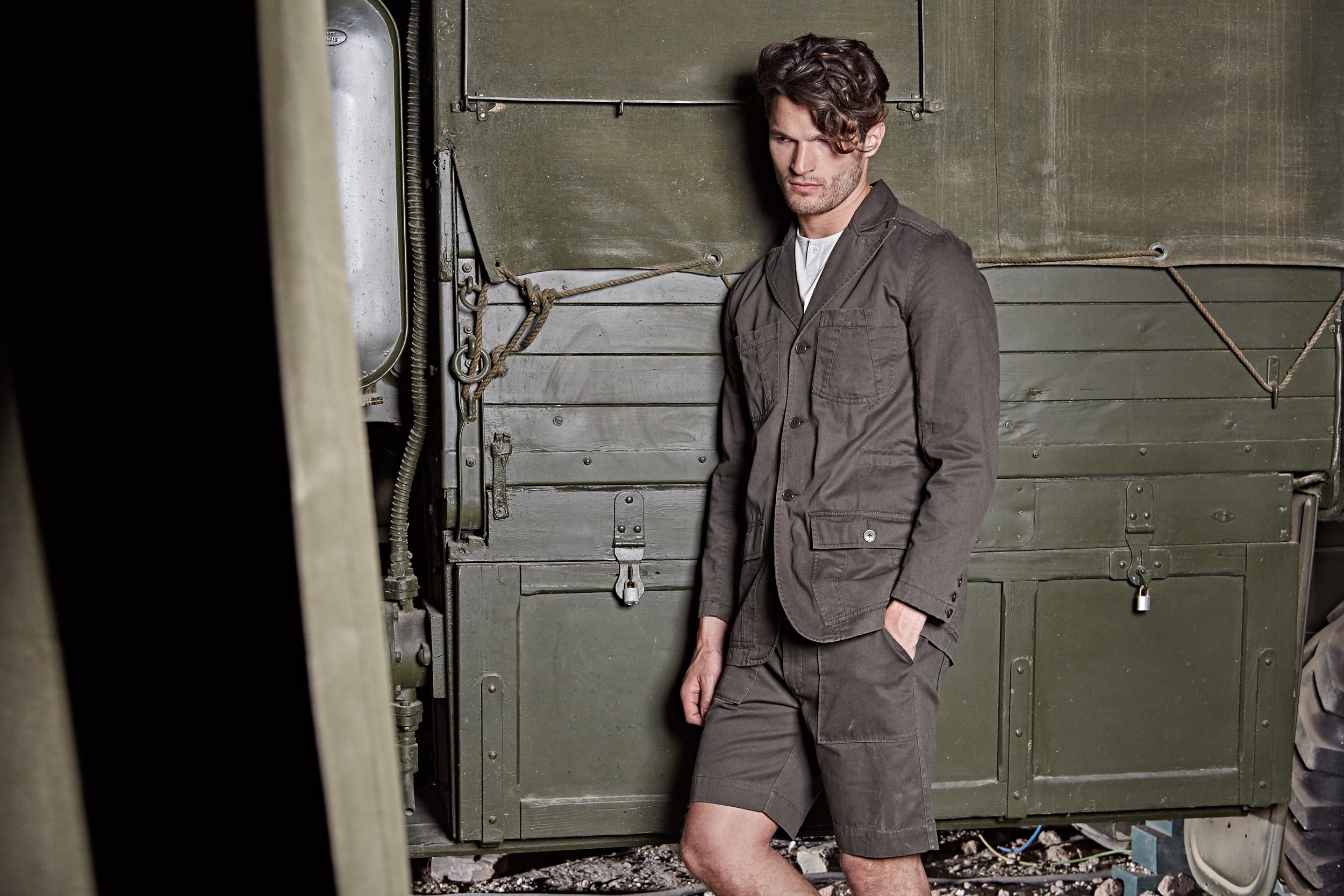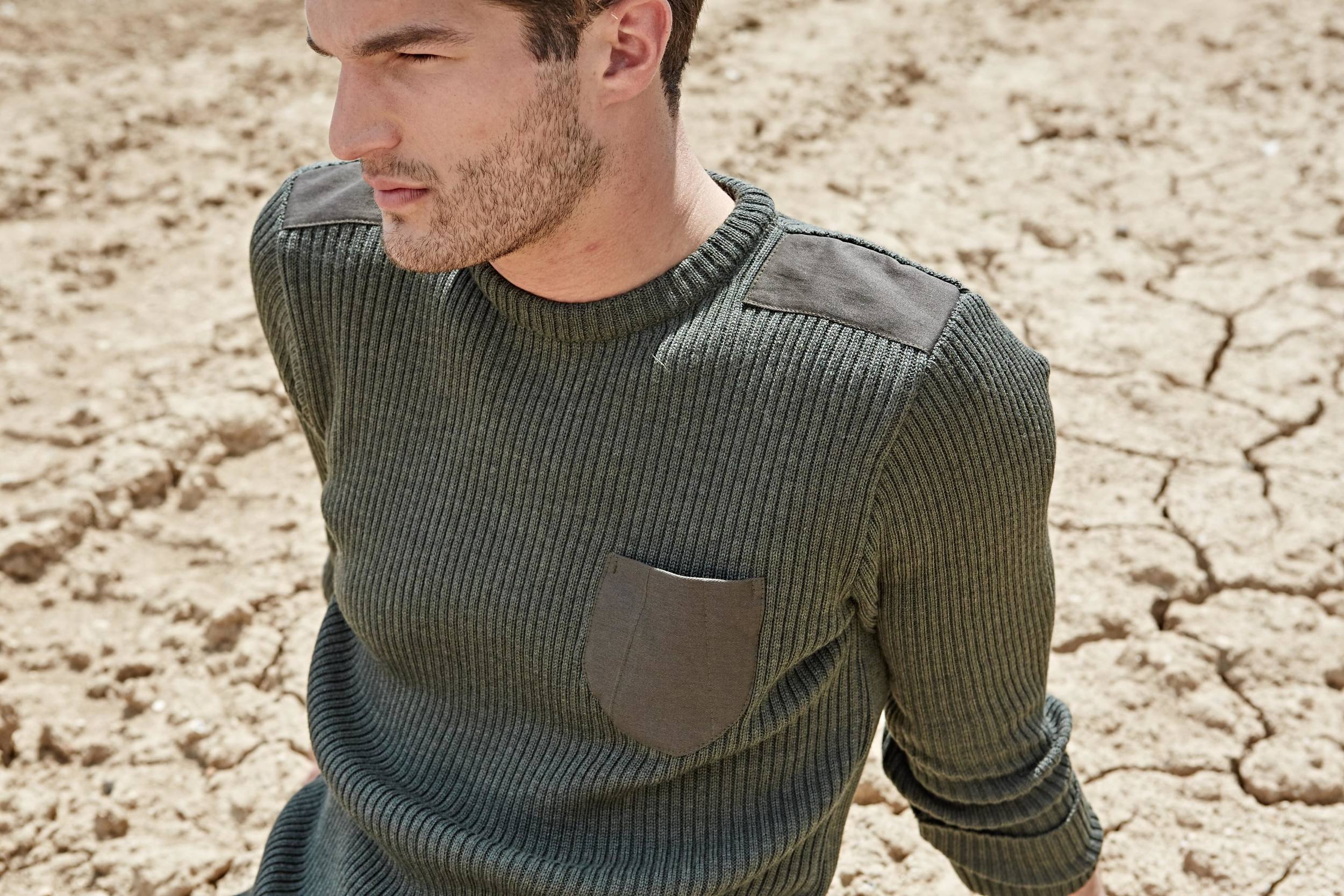Tell me more about Risdon & Risdon.
Carla: We are two generations bringing together our creative strengths and ideas. My youngest son Alex is the leather worker with a natural talent for working raw materials into beautiful pieces. James, my eldest, is behind our branding, web design and is a part-time photographer. I have a background in textiles, sewing and making – mixed with a passion for traditional craftsmanship but a love of modern design.
We're based in Shropshire - a county filled with artisans, makers and independent food producers. We realised there wasn't an alternative to the mass-produced aprons out there, and that these days people are seeking out the well-made, the handcrafted and the unique. So we set about making a range of aprons that complemented the very high standards these people are working to.
What's so special about your aprons?
Carla: Each piece we design is constructed and refined to be functional, durable and easy to wear. Our aprons – made with sturdy cotton canvas and classic denim – are fastened with adjustable leather straps that can be removed for washing. The quality of the fabric, beauty of the leather and finish of the buckles, studs and clips are all of the highest of standard. The making process starts with an intense wash to give the fabric a worn in feel and finishes with our hand stamped tags - everything is thought through.
James: The business is really in its infancy – we have plans to design a broad range of workwear. Different trades and crafts have different requirements when it comes to what they need from an apron. It's also about giving people choice - we can provide an amazing canvas or denim apron with beautiful leather straps but you can also have it in a choice of colours. Our Original aprons come in three different lengths and if you want to make more of a statement you can choose to have red leather straps.
Alex: Owning a Risdon & Risdon apron is having an heirloom piece that becomes part of your tool kit. People have told us how much they love wearing their apron - they put them on and the robust feel of the fabric, the smell of the leather straps and the comfortable fit immediately sets them up for the task ahead.
So, who buys your aprons?
Carla: We don't have a typical customer, just people with a discerning eye for quality and style. We've sold to people of all ages for a variety of uses - design students, event organisers, cooks, gardeners, baristas and barbers. It's great to know that something we have designed and made is making a difference to how other people go about their own trade or passion.
How've you found the journey so far?
Alex: It has been a long process to get us to where we are now. Finding the right suppliers for everything we were looking for took longer than we had anticipated – there are a lot of cheap imports and a lack of choice with so much manufacturing being done overseas now. We want to represent good British tradition and workmanship. We always want to make sure the apron is up to the job. Our Original apron has evolved from what we created originally – it now has reinforced corners for extra strength where the leather straps are attached, the lap pockets are slanted at the top making it easier to quickly reach for what you need, the leather we now use is softer and more comfortable.
Carla, what's it like to working with both of your sons?
Carla: It's great – I love the energy they bring to everything and how they always manage to keep things current. I've learned to trust their judgement on whether something works or not, and likewise they know from me when things need to be to a certain standard. Alex works intuitively and comes up with great concepts. James did Graphic Design at Brighton and he's good at quickly translating ideas into images – he did all our branding and I like his eye for composition in his photography. I know that I can rely on their strengths, but also that each of our ideas will complement each other's. They're also hilarious to work with!
What's the future for Risdon & Risdon?
We're all really excited about the future. The more we make things for people, the more they come back to us with fresh ideas of other things they would like - a chef's apron with a special pocket for their tasting spoon, a knife roll to match their apron, a cool leather tool belt for barber's combs and scissors, bags for cyclists – these are all new lines on their way.
















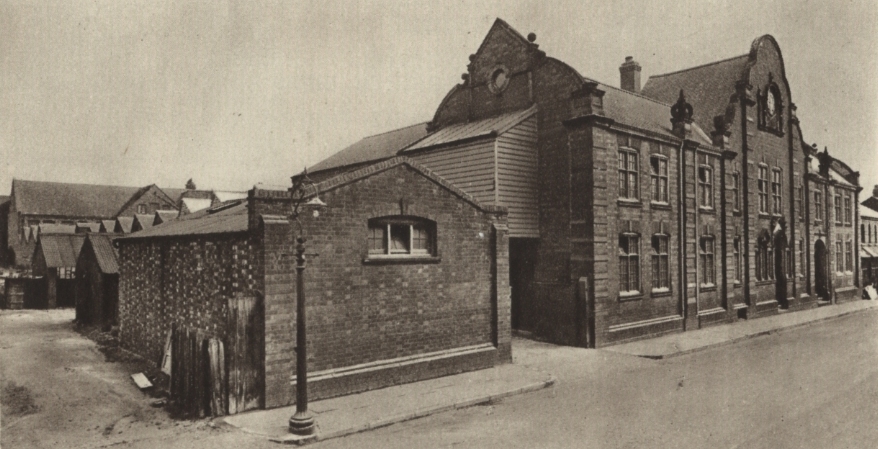
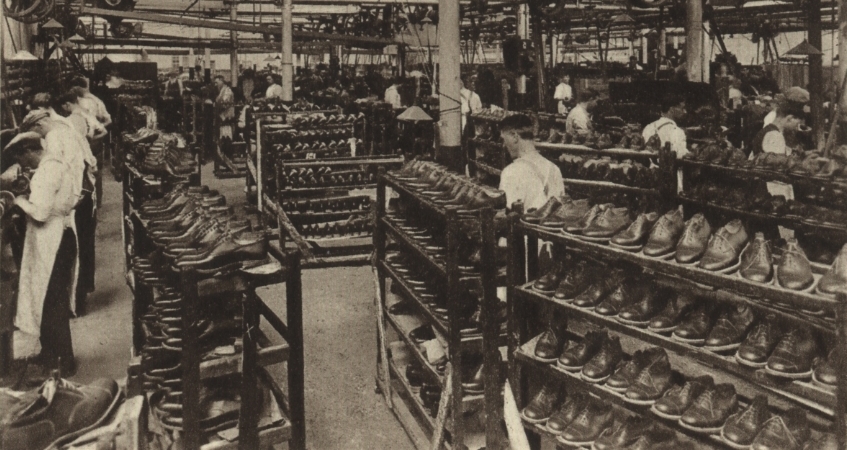
![loake 0208[1].jpg](https://images.squarespace-cdn.com/content/v1/52933d33e4b06ae3d2a95f16/1464340316861-IWOI2OG13MEMT3D7LQB7/loake+0208%5B1%5D.jpg)
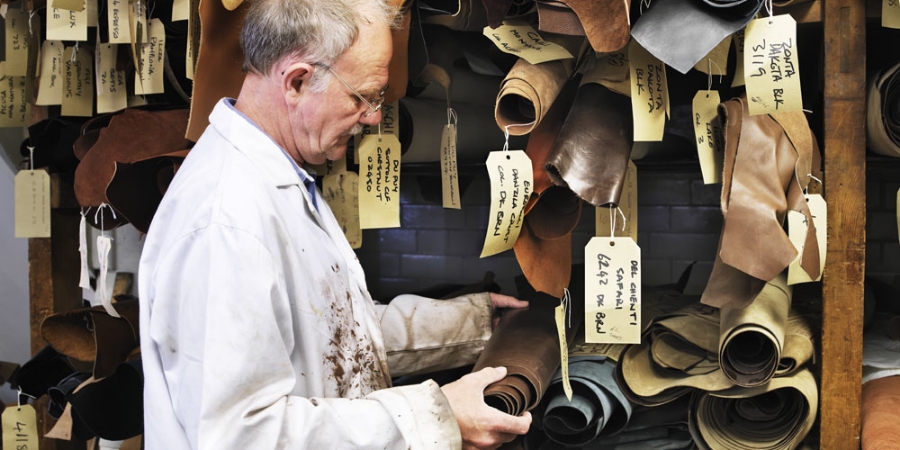
![loake 0026[1].jpg](https://images.squarespace-cdn.com/content/v1/52933d33e4b06ae3d2a95f16/1464341200499-DXJF3CUV449P55EGZXJ3/loake+0026%5B1%5D.jpg)
![Loake_0616[4].jpg](https://images.squarespace-cdn.com/content/v1/52933d33e4b06ae3d2a95f16/1464341314413-ZWO78TA35Q60ZFW1P46C/Loake_0616%5B4%5D.jpg)
![Loake_0563[4].jpg](https://images.squarespace-cdn.com/content/v1/52933d33e4b06ae3d2a95f16/1464341403159-CPISLFOV24IYO49WO6H6/Loake_0563%5B4%5D.jpg)
